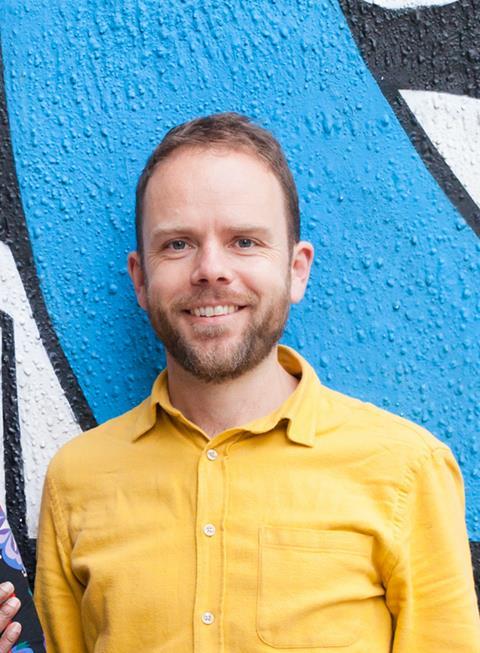Positive and lasting change should follow the inquiry into the tragedy at Grenfell Tower and architects are uniquely placed to help, writes Tim O’Callaghan

The Grenfell Inquiry has been a grim spectacle for everyone in the architecture profession. It has revealed a familiar reality for many architects delivering projects within a wider culture, where we are increasingly marginalised and where the institutions and individuals who traditionally offered reassurance and oversight have been compromised or undermined.
Like many architects, we have had to question and reassess how we source and interpret the information and guidance that we rely on as designers and specifiers.
Since we started practising, we have used information and advice from suppliers and manufacturers to inform our decision making and advise our clients. We have taken approvals from certifying bodies such as the BBA and BRE at face value and assumed that input from fire consultants and building control need not be questioned.
The inquiry has undermined all of this and forced us to question where we look for guidance and advice – and who or what we can trust.
This is possibly a welcome wake-up call with regards to suppliers and trade associations but, in the case of certifying bodies and independent institutions such as the BRE, clearly changes need to be made so that architects have somewhere to go for information we can truly trust.
What has struck us most in the inquiry is an almost complete absence of ethical judgment among so many of the companies and individuals involved. Some of the attitudes and behaviour that has been exposed is truly shocking and has revealed a toxic culture running through not only companies and contractors but also permeating the institutions that oversee approvals of products/designs and project procurement.
What is particularly concerning is that the presence of dangerous cladding and poor workmanship on countless other buildings across the country suggests that Grenfell might just be the tip the iceberg.
The inquiry has revealed failures in competence and process but also in ethics and behaviour. Recommendations emerging from the inquiry will no doubt be extensive, but one of the key things we would like to see is a call for the safety and well-being of future residents and building users to be the ultimate priority and focus for everyone involved in the project.
Grenfell should be a watershed moment for the construction industry and prompt a seismic shift in attitudes and behaviour
The lack of consideration for the residents at Grenfell was breathtaking and – in our view – lies at the heart of what went wrong.
Grenfell should be a watershed moment for the construction industry and prompt a seismic shift in attitudes and behaviour. Due to our central role in projects from their earliest stages, and our duty to act with integrity and a duty of care (enshrined in our codes of conduct), we believe that architects are uniquely placed to lead this change in culture.
The profession has been notably quiet in relation to the inquiry. There have been some moves (prematurely, in our view) to increase liability and responsibility on architects by the RIBA and ARB. We are of the view that our professional bodies should be lobbying for increased responsibility and a greater leadership role for architects within the process as advocates and guardians for the safety and well-being of our clients and future residents/users.
In addition to changes to education and post-qualification learning, we believe that architects should be positioning themselves as a key part part of the solution to the systemic problems that Grenfell has revealed.
For now, it is easy to feel helpless in the face of the obstinance and immorality within the industry that has been exposed by the inquiry. What can we do as architects in the context of such pervasive cynicism?
One area where we do still have influence is in the materials and products that we specify and contractors and sub-contractors with whom we work. This is something our practice has been confronted with in the past.
We can set a meaningful example about what kind of culture we are prepared to work within and highlight business attitudes and practices that we think are harmful or unacceptable
On one occasion, the behaviour of a contractor towards some of our women colleagues went beyond what we considered to be acceptable. We advised our client that they were not the kind of individuals or company that we would be comfortable working with. The client was very grateful that we raised the matter and consequently opted to omit the company from the tender process.
In the case of the Grenfell Inquiry, the actions of some of the insulation companies before, during and after the project has been particularly shocking. We decided as a practice that it fell so far below our own standards of ethics and behaviour that we could no longer specify or recommend products made by these companies.
It is a modest step, admittedly, but it is one area where we can set a meaningful example about what kind of culture we are prepared to work within and highlight business attitudes and practices that we think are harmful or unacceptable. Spread across our entire profession, these kinds of actions could, we hope, create positive and lasting change.
Postscript
Tim O’Callaghan is a co-founder of Nimtim Architects
















6 Readers' comments